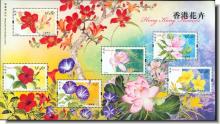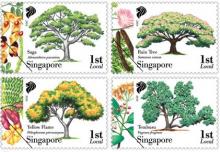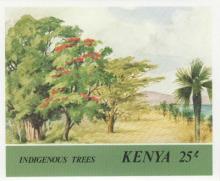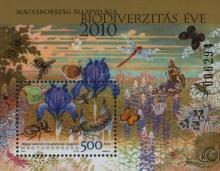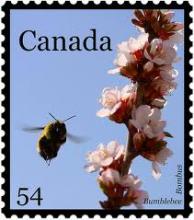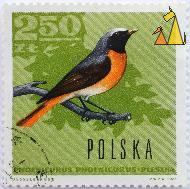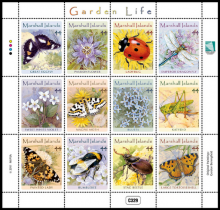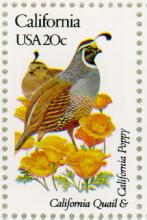Imidacloprid, Found in Most Homeowner Insecticides, is Translocated to Nectar and Pollen and Kills Good Bugs
There are multiple ways that plants in urban landscapes can contain imidacloprid-contaminated nectar, since it is commonly applied in the landscape for many pests and many greenhouse plants are treated with prior to sale and transplanting. Imidacloprid may persist in nectar for a long time, since soil applications were effective against foliar pests for 1 to 2 years in containers and landscape trees. Injections of concentrated volumes of imidacloprid applied to trees trunks and roots were effective for 12 months for ash and linden. A soil application of imidacloprid to Eucalyptus tree resulted in 500 ppb in nectar and pollen, which will kill any insect feeding on nectar and pollen. Tree injections of imidacloprid at flowering are cause for concern, since linden flowers are a good source of nectar and pollen for bees, butterflies, and other beneficial insects.

